Contents
- 1 1. Standard Push-Up
- 2 2. Wide-Grip Push-Up
- 3 3. Diamond Push-Up (Close-Grip Push-Up)
- 4 4. Decline Push-Up
- 5 5. Chest Dips (Using Chairs or Parallel Surfaces)
- 6 6. Archer Push-Up
- 7 7. Pseudo Planche Push-Up
- 8 8. Plyometric (Clap) Push-Up
- 9 Chest Exercise Variations Comparison
- 10 Sample Workouts & How to Program (What to do → Why → How to apply)
- 11 Smart Training, Smarter Fuelling
- 12 FAQ
- 13 References
1. Standard Push-Up
How to apply: Slot this session into your Monday or easy aerobic day after an easy 45–60min ride or short recovery run. Example: Tuesday tempo day — keep chest work light or omit. For marathon taper (2–3 weeks out) keep volume low and intensity moderate.
How to Nail the Perfect Push-Up
- Starting Position: High plank, hands slightly wider than shoulders; fingers forward.
- Body Alignment: Straight line head→heels; squeeze glutes and brace core.
- Descent: Inhale; elbows ~45°; lower until chest ~2–3 cm from floor.
- Ascent: Exhale; focus on driving floor away and protracting shoulders at top.
Pro Tip: Emphasise eccentric control — 3–5s descents improve strength without heavy loading.
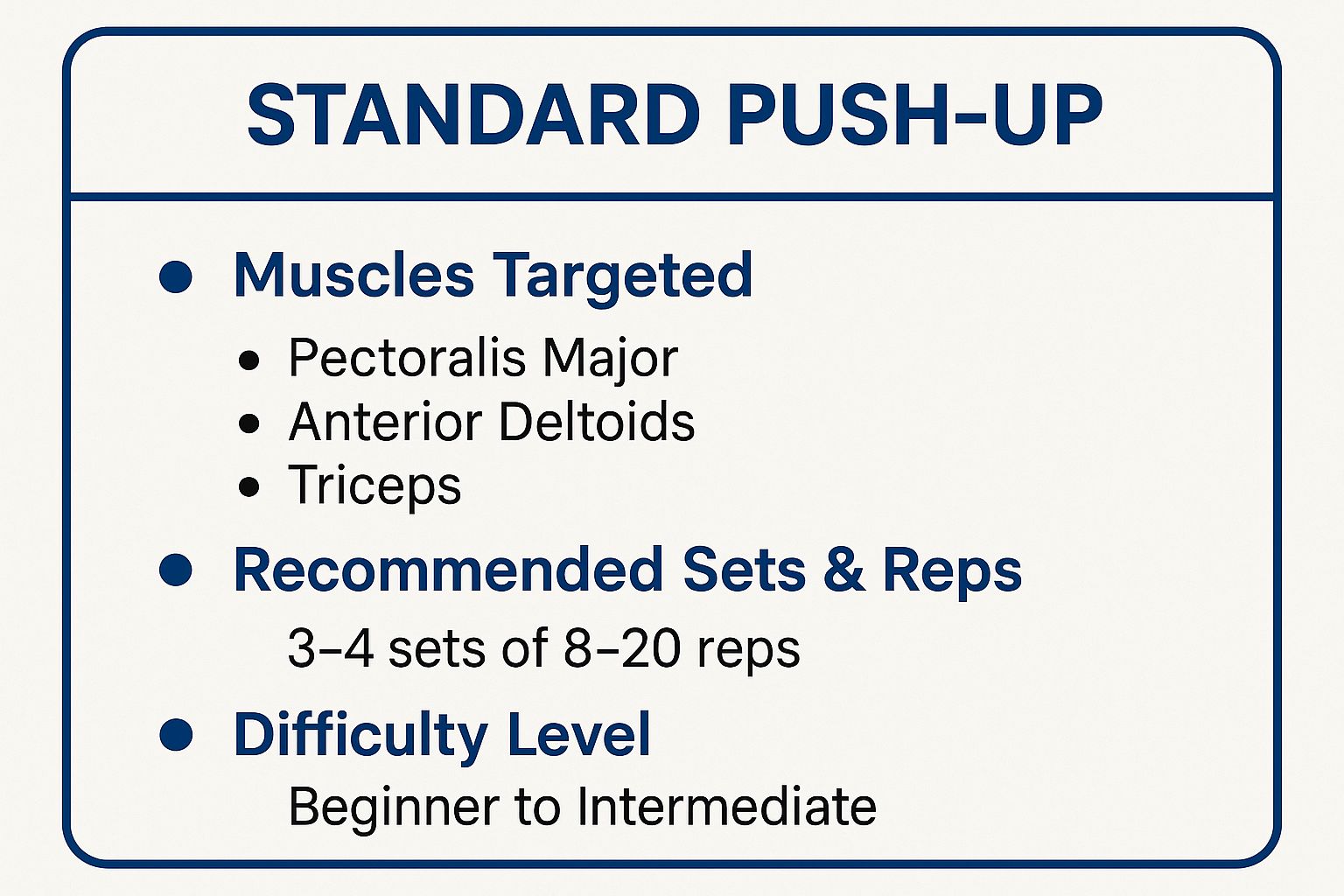
2. Wide-Grip Push-Up
How to apply: Use mid-week as an accessory after swim technique work (e.g., 20–30min drills). For triathlon builds, pair with a short core circuit to maintain posture for the bike leg.
How to Master the Wide-Grip Push-Up
- Starting Position: High plank, hands 6–12″ wider than shoulders; fingers slightly out.
- Descent & Ascent: Keep elbows ~45°; avoid 90° flare to protect the shoulder.
Pro Tip: If shoulder discomfort occurs, slightly reduce width and focus on range of motion — long-term gains come from consistency, not ego-width.
3. Diamond Push-Up (Close-Grip Push-Up)
How to apply: Use as a finishing superset after standard push-ups or on upper-body focused recovery days. For road cyclists, this improves the stability needed when sprinting out of the saddle.
How to Master the Diamond Push-Up
- If wrists hurt: perform on knuckles or use push-up handles for neutral alignment.
- Scale with incline or band assistance if you can’t hit the target reps.
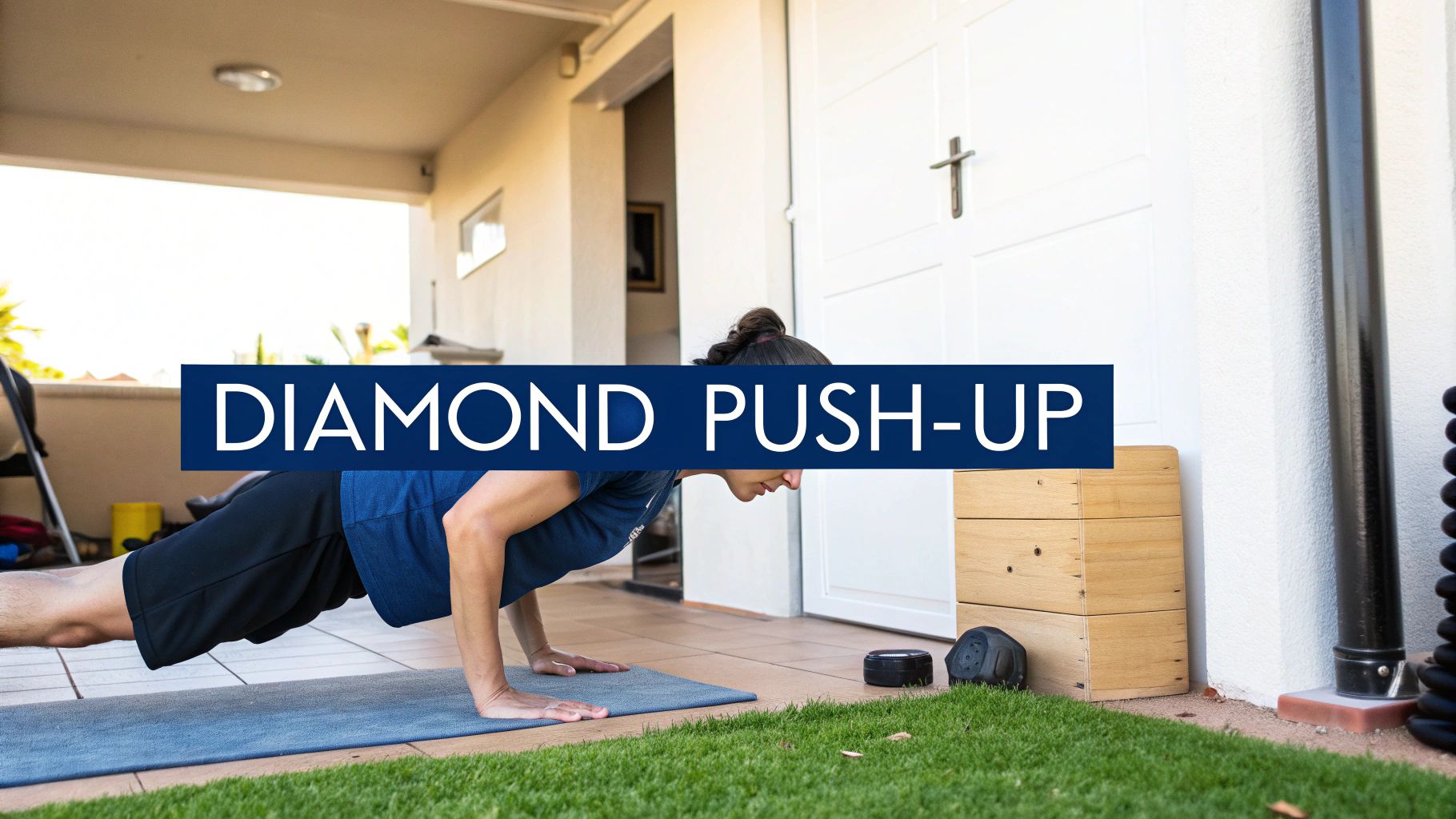
Pro Tip: The diamond push-up produces high triceps activation and can be programmed as a strength-speed stimulus in 3–5 week blocks.
4. Decline Push-Up
How to apply: Do this during strength blocks (6–10 weeks) early in base phase, twice weekly. Reduce volume in the two-week pre-race taper (e.g., reduce to 2 sets of 6–8 reps).
How to Master the Decline Push-Up
- Start with low step: 15cm (a stable chair or the bottom stair).
- Maintain a neutral lower back; don’t over-arch to chase reps.
Pro Tip: Track perceived shoulder strain — increase elevation only if technique stays perfect for 3 consecutive sessions.
5. Chest Dips (Using Chairs or Parallel Surfaces)
How to apply: Best scheduled on a day separate from heavy interval sessions. For club cyclists training for crits, do dips on recovery rides to preserve leg freshness while developing upper-body pressing power.
How to Nail the Perfect Chest Dip
- Ensure stability — place chairs against a wall or use parallel benches.
- Beginners: use feet to assist on ascent; progress to negatives (slow descent) then full reps.
Pro Tip: Dips are an ideal place to add small external load (weighted vest/backpack) when bodyweight becomes easy — do this progressively and conservatively.
Pair dips with bodyweight pulling movements for balanced shoulder health (see our bodyweight back exercises).
6. Archer Push-Up
How to apply: Use during later base and strength phases (8–12 week blocks). Limit frequency to once per week if doing heavy leg sessions.
How to Perform the Archer Push-Up
- Wide hand placement; lean into the working side; keep the opposite elbow slightly bent.
- Control the descent — slow eccentric to protect the shoulder.
Pro Tip: If unable to complete full reps, use elevated hands (on a box) to reduce load while preserving the unilateral pattern.
7. Pseudo Planche Push-Up
How to apply: Use sparingly — this is advanced. Include in 6–8 week strength blocks and avoid heavy sessions the day before key intervals.
How to Nail the Pseudo Planche Push-Up
- Progress via lean intensity and hand position — start with slight lean and elevate hands if needed.
- Wrists: warm thoroughly; consider parallettes for neutral grip.
Pro Tip: Build wrist tolerance gradually — one misstep here can sideline upper-body work for weeks.
8. Plyometric (Clap) Push-Up
How to apply: Use as a short power micro-session on non-leg-intense days or in mixed sessions (e.g., after a short warm-up before intervals). Keep volume low to avoid CNS fatigue.
How to Nail the Perfect Plyometric Push-Up
- Master ≥20 strict push-ups first. Progress to small jumps, then clap.
- Land softly, elbows slightly bent, and keep shoulders packed.
Pro Tip: Plyo work is high CNS load — limit to 1–2 power sessions per week during high-volume phases.
Chest Exercise Variations Comparison
| Exercise | Implementation Complexity | Resource Requirements | Expected Outcomes | Ideal Use Cases | Key Advantages |
|---|---|---|---|---|---|
| Standard Push-Up | Low | None | Overall upper body strength, core | Beginners to intermediates, home workouts | Compound, scalable, low injury risk |
| Wide-Grip Push-Up | Moderate | None | Outer chest development, hypertrophy | Intermediate chest focus training | Targets chest width, greater stretch |
| Diamond Push-Up | High | None | Triceps strength, inner chest | Advanced triceps & chest training | High triceps activation |
| Decline Push-Up | Moderate | Stable elevated surface | Upper chest/shoulder strength | Intermediate to advanced | Mimics incline press; adjustable difficulty |
| Chest Dips | High | Two sturdy surfaces | Lower chest mass & pressing strength | Advanced mass building | Deep stretch; progressive overload |
| Archer Push-Up | Very High | None | Unilateral strength, imbalance correction | Advanced unilateral strength | Progression to one-arm push-up |
| Pseudo Planche Push-Up | Very High | None | Shoulder & lower chest strength | Advanced gymnastics/calisthenics | Builds pressing power & control |
| Plyometric (Clap) Push-Up | High | None | Explosive power, fast-twitch development | Athletic power training | Improves rate of force development |
Sample Workouts & How to Program (What to do → Why → How to apply)
20-Minute Chest Strength Session (All levels)
- Warm-up: 5 minutes mobility (shoulder circles, band pull-aparts) + 2 sets of 10 slow rep push-ups.
- Main: 3 sets Standard Push-Up (10–15, 3-0-1). Rest 60s.
- Accessory: 2 sets Diamond Push-Up (6–10). Rest 75s.
- Finish: 3 sets Plank 45s for core tension.
6-Week Strength Block (Example for base phase)
- Weeks 1–2: Build volume — 2 sessions/week, Standard + Wide Grip, 3×10–15.
- Weeks 3–4: Add intensity — introduce Decline (3×6–8) and controlled 5s eccentrics.
- Weeks 5–6: Power emphasis — replace last set with Plyo (3–4 sets × 3–5 reps) and add dips for overload 3×6–8.
Race Week (Gold Coast Marathon example)
Two weeks out: reduce chest sessions to maintenance — 2 sets of each exercise, light load, no plyos. Final week: one short session (10–12 reps, 2 sets) five days before race; then rest.
Coaching Note: Treat upper-body work as supportive — frequency 1–2/week is enough for endurance athletes prioritising aerobic sessions. Quality > Quantity.
Smart Training, Smarter Fuelling
- Pre-strength (20–30 min): A small UCAN Energy Gel ~15–30 minutes before a short strength session helps maintain steady blood glucose during high-intensity sets without the big insulin spike of sugary snacks. [1]
- Post-session (within 30–60 min): For sessions with a strength component and a session later in the day (e.g., a hard ride), a serving of UCAN Energy + Protein supports a ~3:1 carb:protein recovery ratio to accelerate muscle repair and glycogen resynthesis.
- Hydration & electrolytes: On hot Brisbane training days or after long rides, include UCAN electrolytes to preserve hydration and muscle function.
👉 Shop UCAN Energy Gels | 👉 Shop UCAN Energy + Protein
Practical tip: If you have a morning quality run then an evening strength session, place the strength block after a short recovery snack + UCAN gel to avoid training in a fasted, depleted state.
FAQ
Are these the best “8 chest exercise” for endurance athletes?
Yes — selected for transfer to swim/bike/run performance: stability, posture, and power. Prioritise progression and context in your weekly plan.
How often should I do chest work while training for Sydney or Melbourne marathons?
Two focused 20–40 minute sessions per week is a practical balance — ideally on low-intensity aerobic or recovery days to reduce interference.
Can I add weight to these movements?
Yes — progress dips by adding weight, or use a weighted backpack for dips/decline progressions. For push-ups, use tempo and unilateral variations before external load if your priority is technical transfer to endurance performance.
References
[3] Erickson M, et al. Eccentric training and hypertrophy: mechanisms and practical applications. Sports Med. 2018.
[4] Markovic G. Does plyometric training improve vertical jump height? A meta-analytical review. Br J Sports Med. 2007.
Note: References selected from peer-reviewed sports medicine and strength journals to support programming choices and physiological claims.

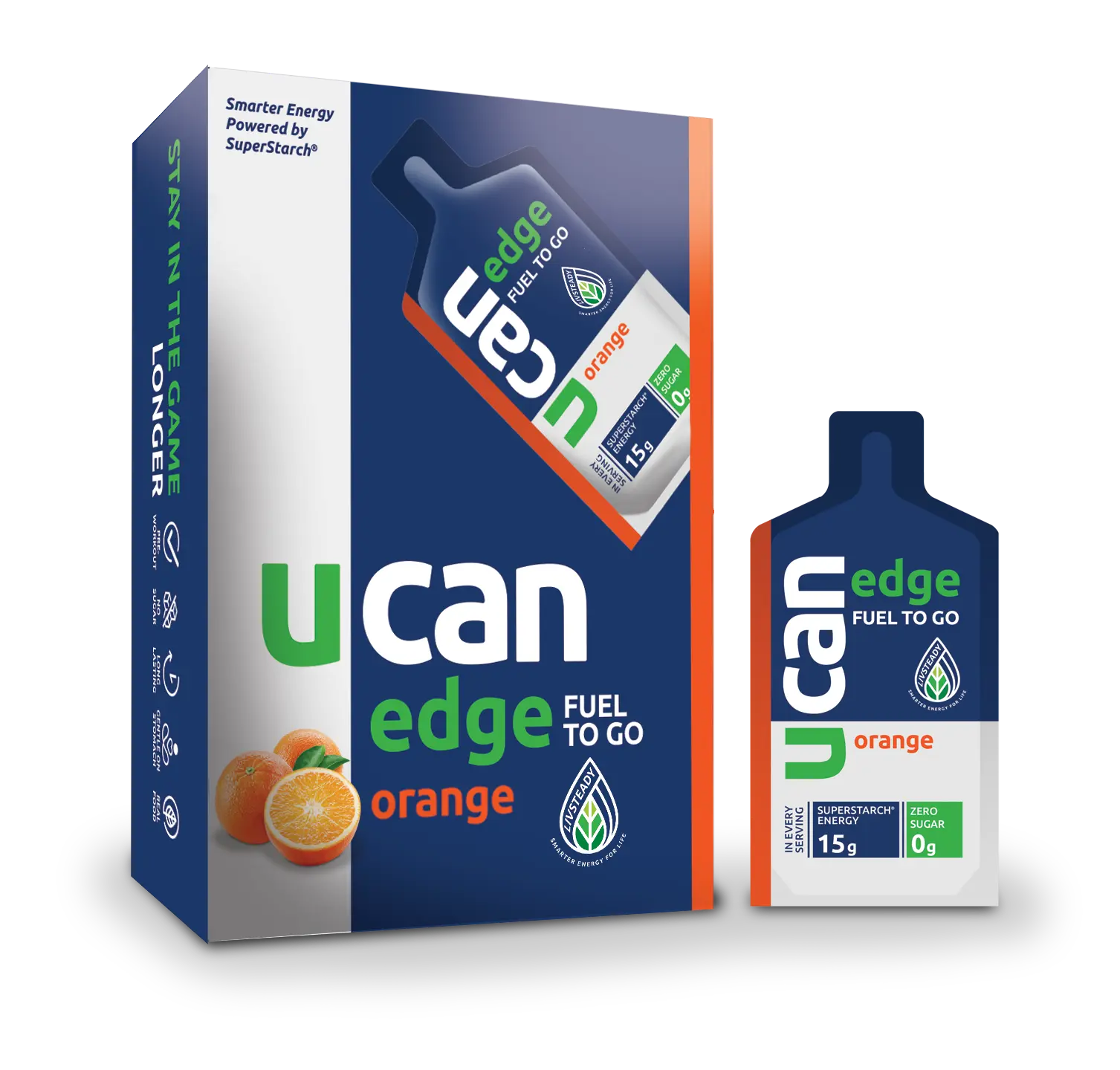
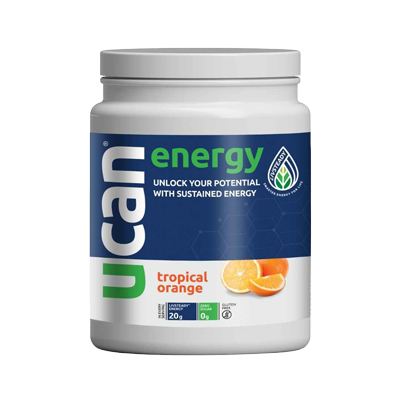
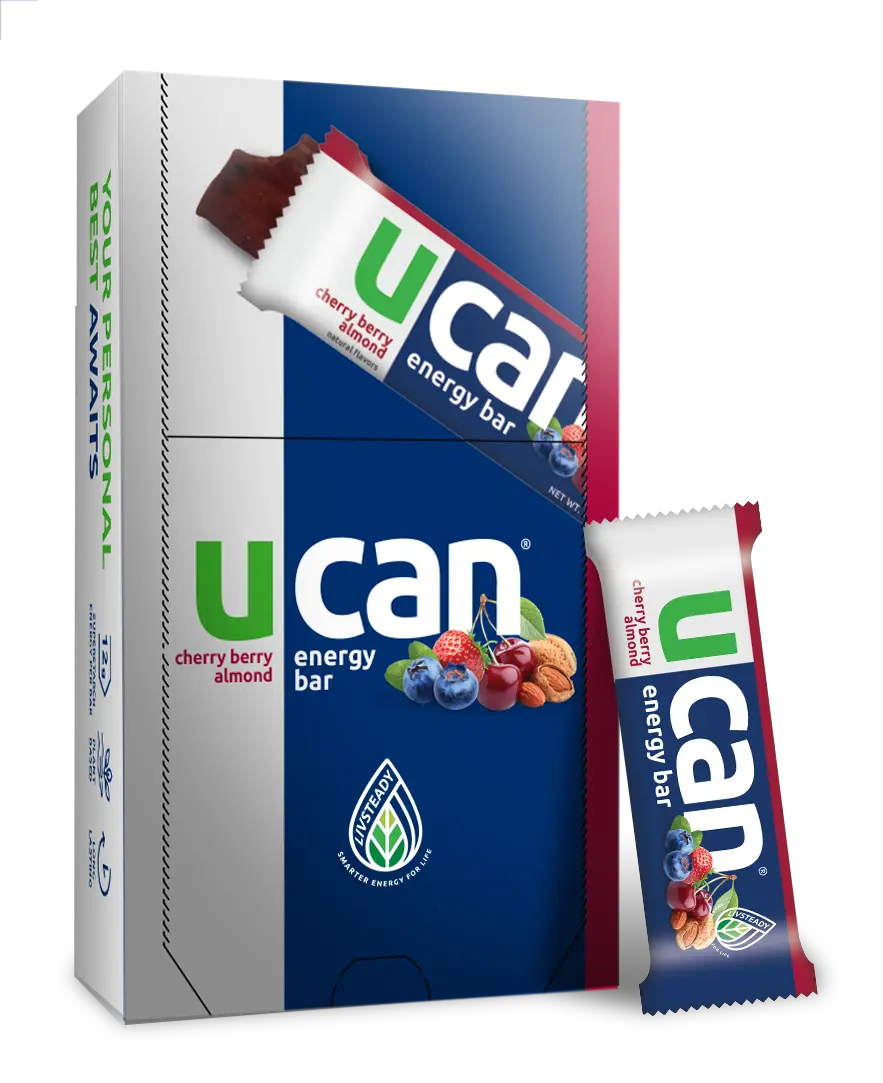
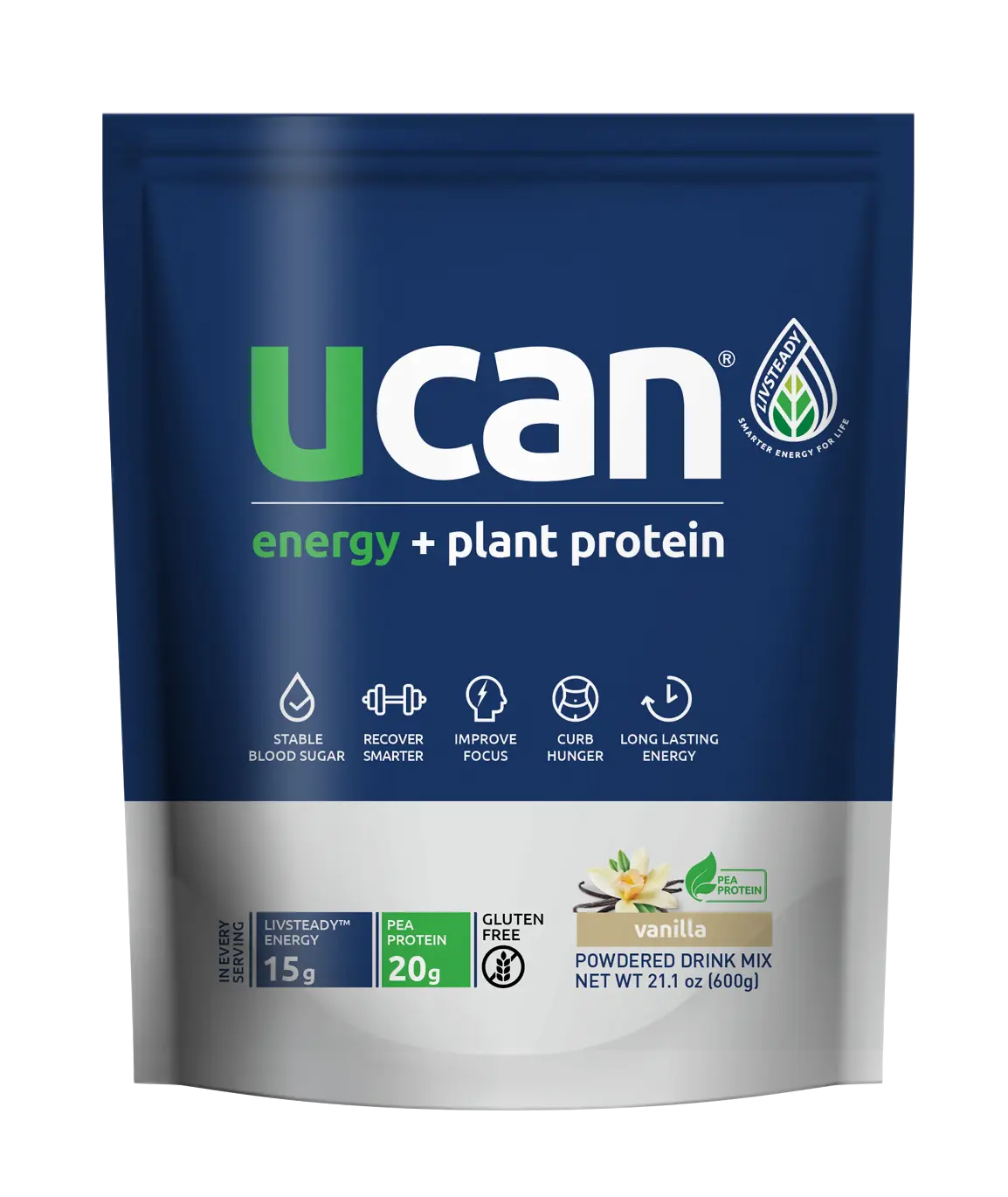
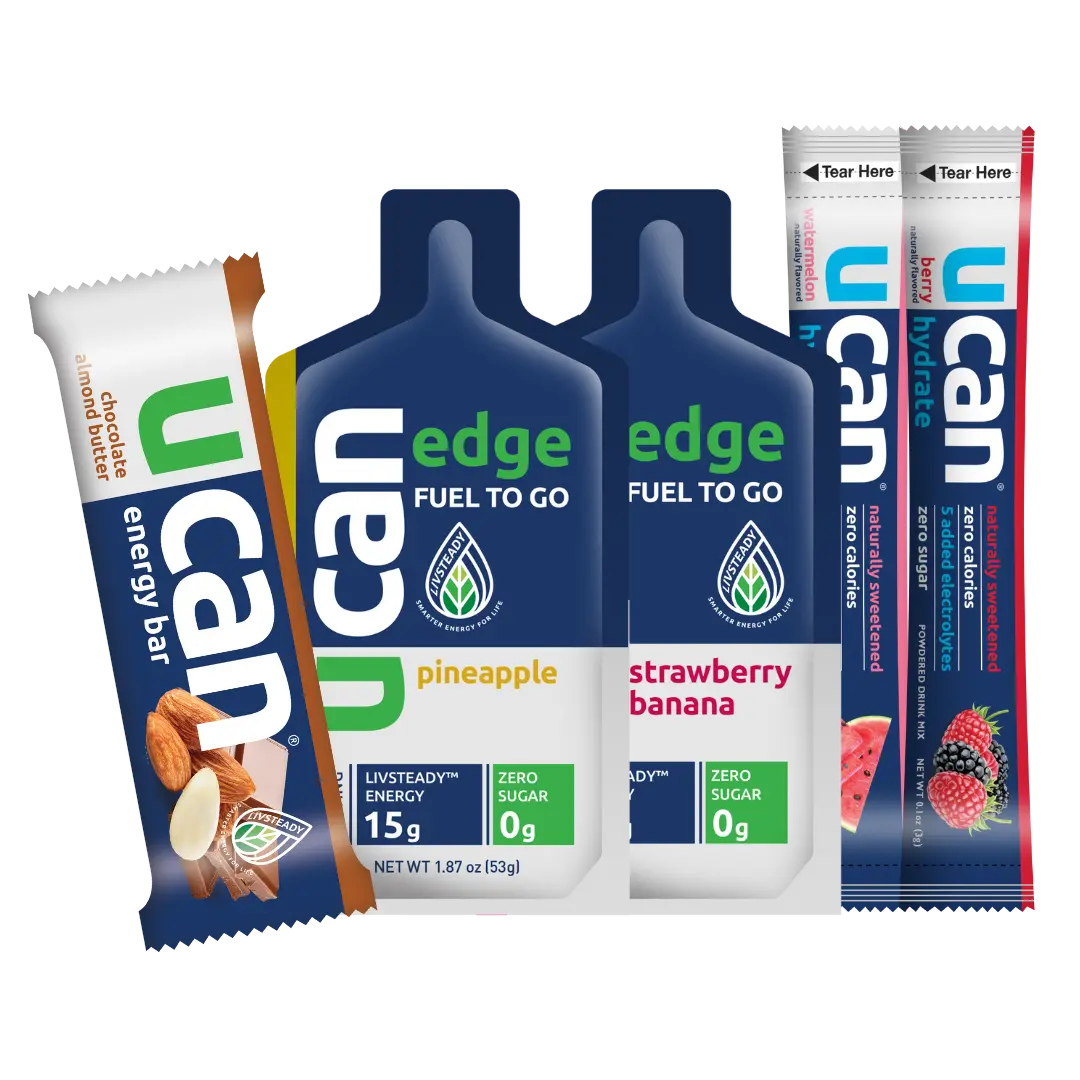
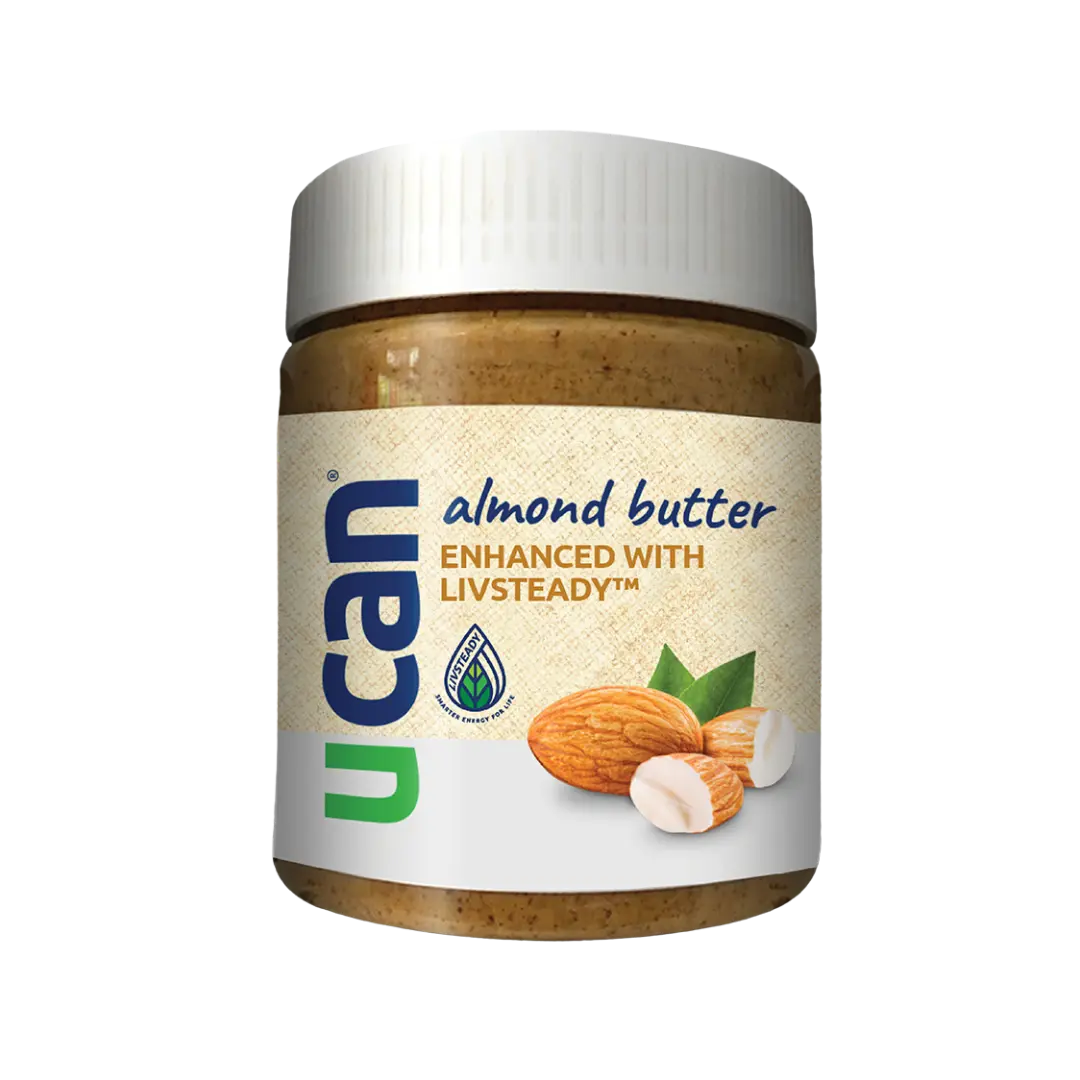
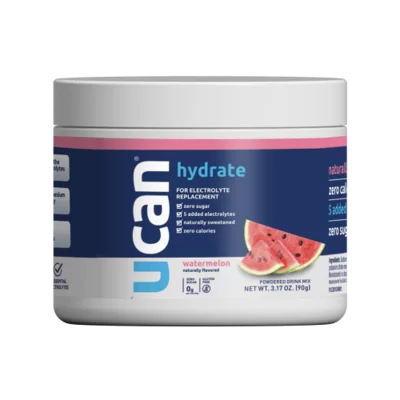
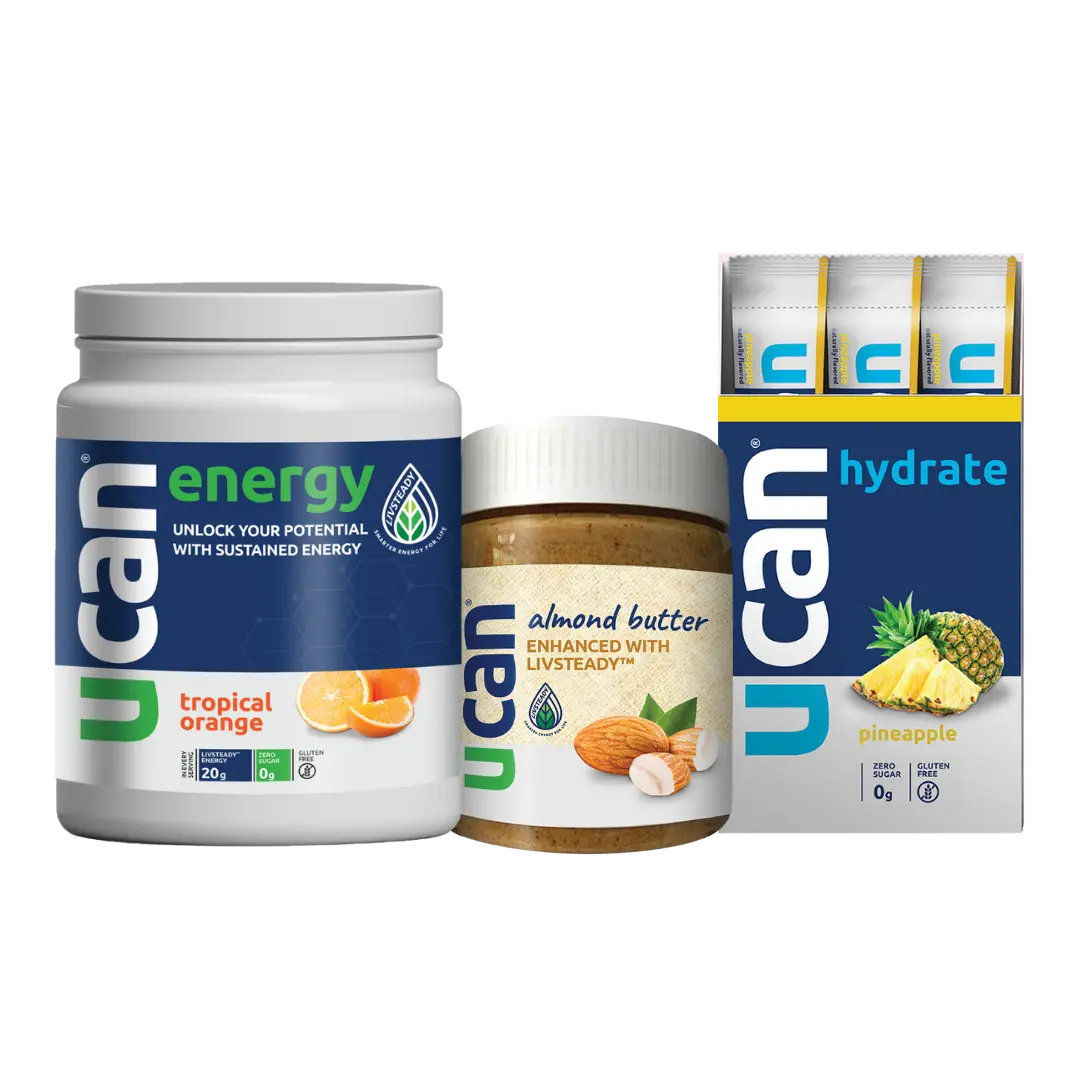
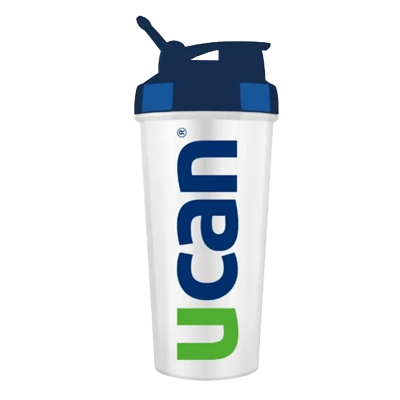
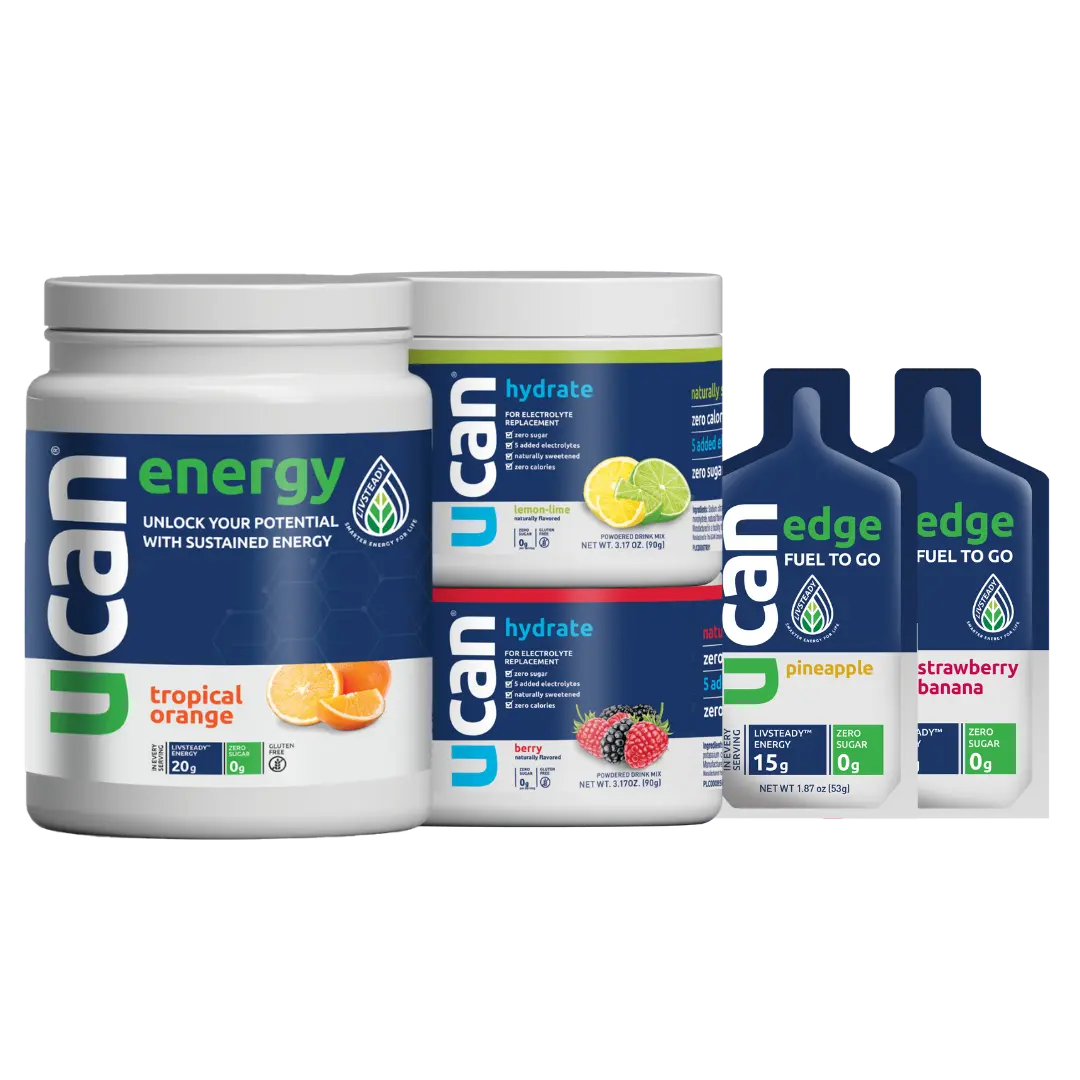

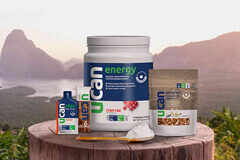


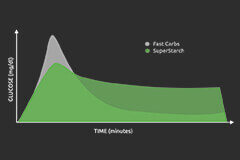

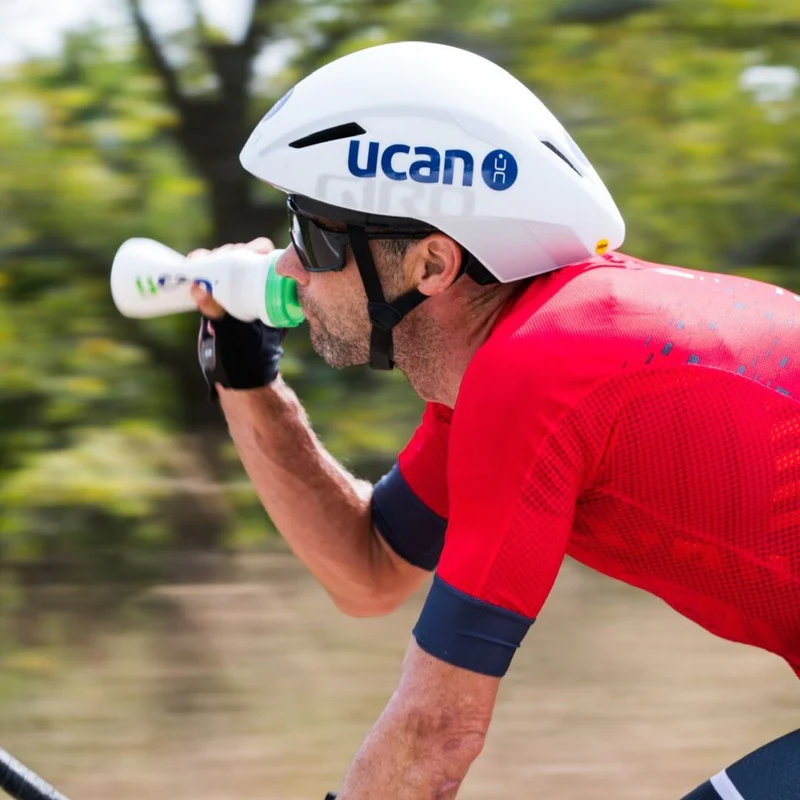








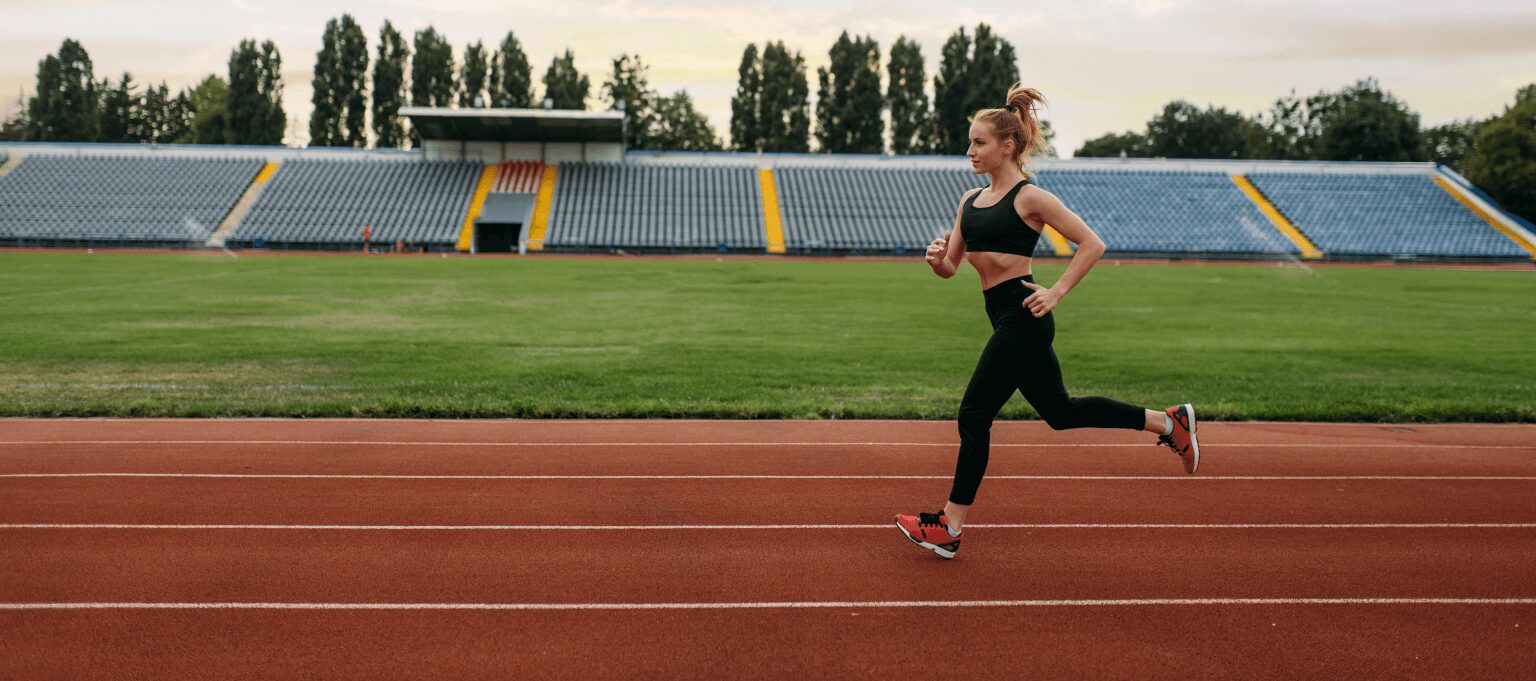









Comments are closed